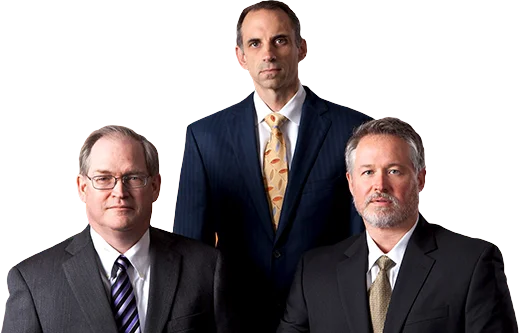Is drowsy driving really a big concern?


Texas residents share the road with many different drivers. There are many types of cars, too. With each variable, a new and unique danger presents itself. Let us narrow down our focus to one branch of dangerous driving behavior. Today, we will discuss distracted driving.
Now, let us narrow it down even further. We will focus on drowsy driving, which is a form of distracted driving. Is it a big risk? If so, why? How many lives does one drowsy driver put at risk?
Drowsy driving is distracted driving
The Centers for Disease Control and Prevention discussb the many dangers of drowsy driving. Drowsy driving is a form of distracted driving. Another well known form of distracted driving is texting while driving. Many distracted driving behaviors share the same risks. These risks often involve the driver’s state of consciousness.
For example, a drowsy driver may not focus well. They cannot react to danger in a quick and efficient way. They often struggle to concentrate on the task at hand. They cannot predict risks they may face while driving. Their reflexes are dull. This is why so many crashes involving drowsy drivers also involve rear-end collisions. A driver stops, and the drowsy driver does not notice in time to brake as well.
Sleeping at the wheel
Of course, the biggest risk is falling asleep at the wheel. Drowsy drivers lose complete control of the vehicle when they fall asleep. Even a micro-sleep has the potential to be deadly when a driver is going at high speeds.
Knowing the risks inherent in drowsy driving may discourage people from doing it. In turn, this can cut down on drowsy driving risks for all. This could make driving in the future safer for everyone.

